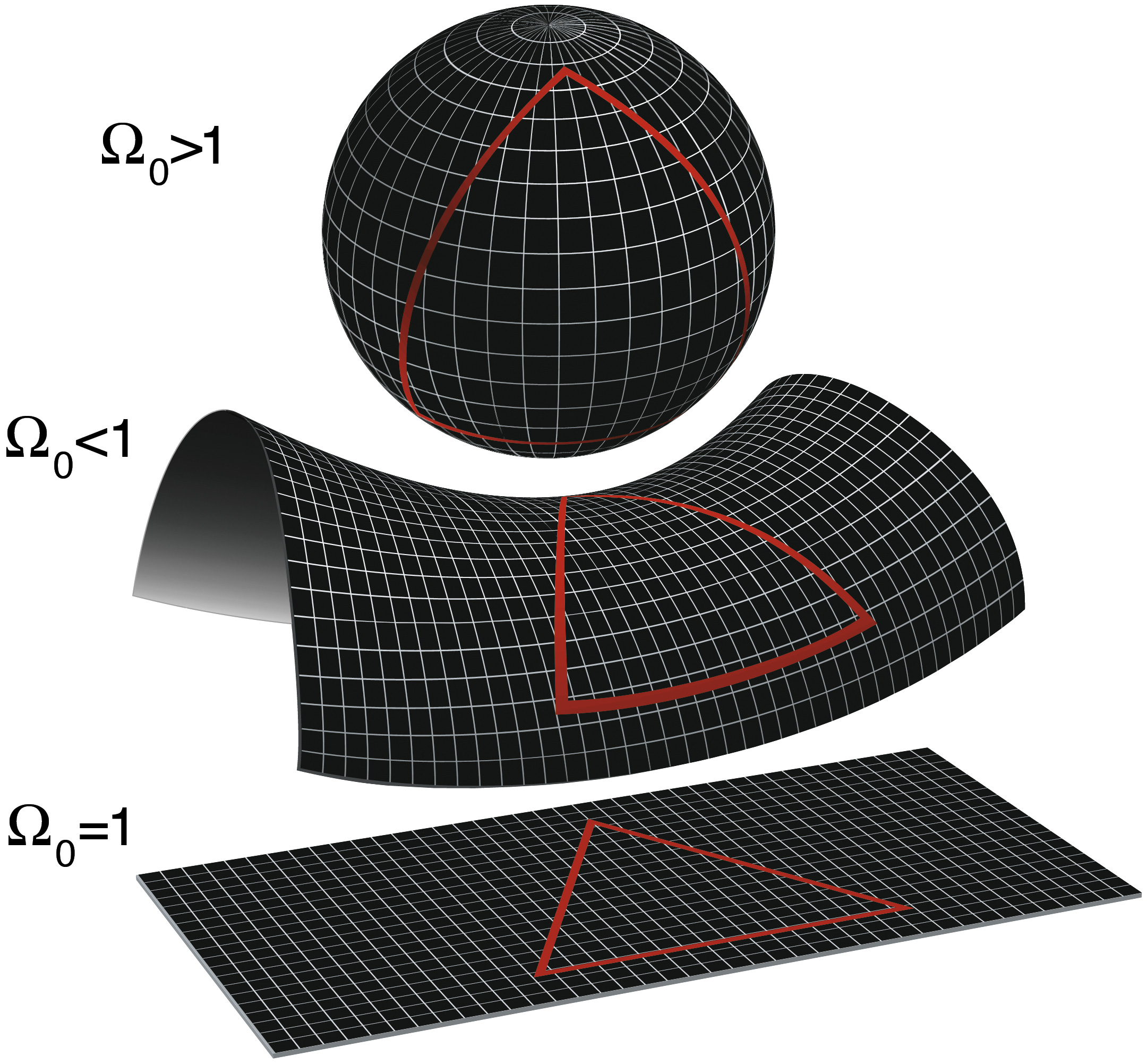I’m trying to accomplish something like this,
bi4b45tMEPE
See how when the continents move, and the points of color at the bottom are moved to the top simultaneously.
The top-most coordinate system is what I am looking for. But for example, if I had a grid of objects like so,
Object[][] 2DUniverse;
How would I make the bottom most universe react like the one above? Using out of bounds checks?
I may be having a brain-fart. Can someone please help me?
Thanks in advance.




